
How to Navigate the Organic Traffic with Keywords Everywhere
Helping your business stand out in the digital world is no longer a piece of cake. It takes effort, time, consistency, and, top of everything, the right keywords everywhere to navigate the organic traffic to your business. The power of keywords has insanely boosted over two decades. They help you get a better ranking on search engines like Google and Bing and increase the likelihood of company growth.
But how does one put it all together? Well, the techs have breakdown the keyword research into its simplest form with the help of various tools. Keywords Everywhere has given it a most wanted twist adding value to the keyword game and bringing it to your fingertips. If you are still wondering how? This article will guide you on how to use keywords everywhere and use them to your advantage, but before that, let’s dive into the most wanted dilemma; how to use keywords.
How to use Keywords Everywhere?
When it comes to how one should use keywords, the topic narrows down to the number and types of keywords used in a piece of content. In all honesty, they work as a booster to uplift your business on google, which is one of the most important elements of the digital world. If you are not making up to the top google research, your business is definitely losing out. Research shows 95% of users only go through the first page of Google, and most of the clicks go to the first three results. So, if you are not making up to them, you need to work on the right placement and use of keywords.
How do I use keywords everywhere for SEO?
Generally, there are three types of keywords; primary, secondary, and tertiary keywords.
The primary keyword is the main essence of the article and impossible to be ignored. As a rule of thumb, it is present in the title and ensuing content to make it to the top search results. There are generally one or two keywords depending upon the size of the content.
Secondary keywords are similar to primary ones with slight variations. There are always 3-5 secondary keywords depending upon the sub-topics/headings in the content.
https://www.youtube.com/watch?v=k4aYOKyVhyA
Tertiary keywords are additional keywords and are generally long-tailed. They can also be synonymous with the primary keyword.
Coming down to how one should use keywords, there are some pre-set rules to incorporate keywords at certain points in the content for top google ranking. Nevertheless, merely saying “add keywords for best SEO practice” sounds easy, but it takes good research and understanding of the functioning to implement the plan. Here, we will break down the best primary keywords to boost traffic.
Meta descriptions and Tag
First thing first, starting with what the viewer will see on google, it is highly important to incorporate the primary keyword in the meta-tag and description of your website. Meta-description is composed of 160 characters which sum down to 25 words (max). Make sure you write a compelling set of words to intrigue interest in the viewer to click on it. In the given example, Air fryers is the target keyword.

Title
The next important thing is to insert the keyword in the title of the article/blog. If the title grabs attention, only then the reader gaze down at the content. Hence, it is highly sensible of the writer to intrigue interest in the content by perching his ears with the keyword right there in the title.
However, if it doesn’t go with the flow, you may use variations here but incorporate the primary keyword in the title.
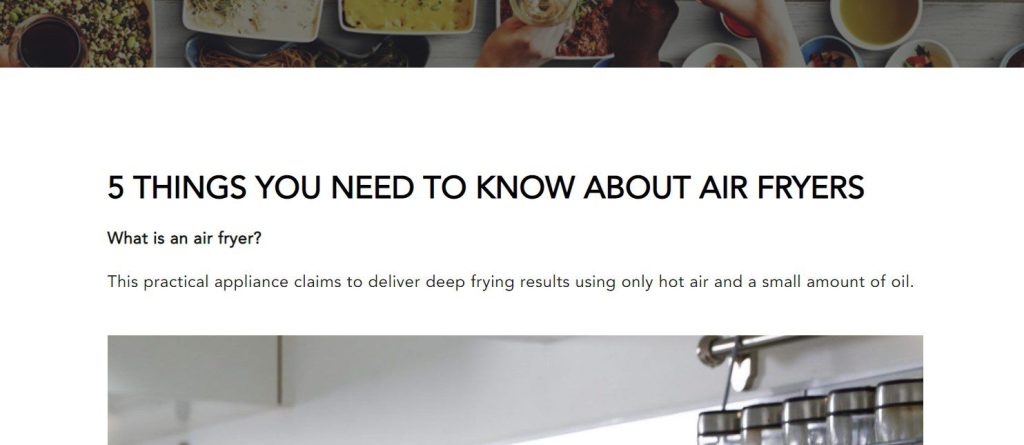
First 100 words
The next rule of thumb is to add the primary keyword in the first 100 words of the article/blog or page. Generally, people give the leverage of the first 200 words here, but it is best to add the keyword in the first hundred words for maximum readability. This way, you will grab the reader’s attention making sure he scrolls down to the further content.
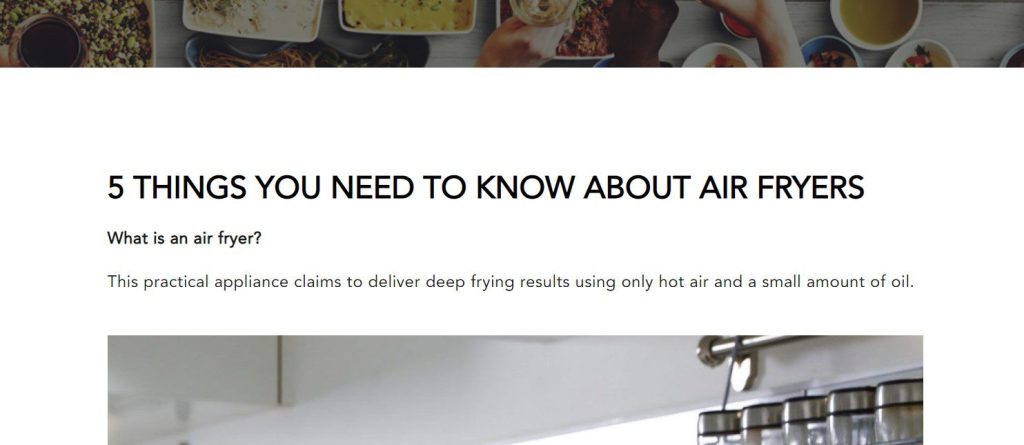
As an added piece of information, this is the first/introductory paragraph of the article, which has to be generic. Make sure you give the essence of the whole topic and lay out the keyword flawlessly, avoiding breaking the flow of the content. It should never feel like you have forced the keyword in a sentence. Keywords should always come out naturally to the readers to evoke curiosity and a sense of acknowledgment.
H1, H2, H3
Headings are another excellent way to rank your article on google, and that’s why we are here to discuss the keywords in H1, H2, and H3. Generally, it is somewhat better to break down your article into multiple and sufficient headings to improve readability. Huge paragraphs with undescribed endpoints are exhausting to read and often skipped by readers and so from google. The HTML tags used in headings are used to rank articles.
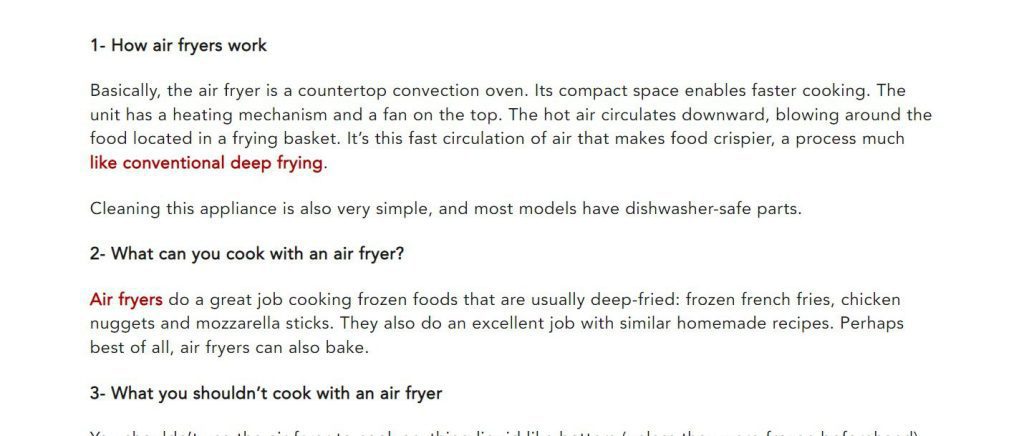
Anchor Text
Anchor text is another thing to give total leverage to the keyword to boost traffic. It implies detailed information on the website, increasing the credibility of your business. It also helps google navigate how deep you have gone with the keyword placement that will eventually improve the website ranking.
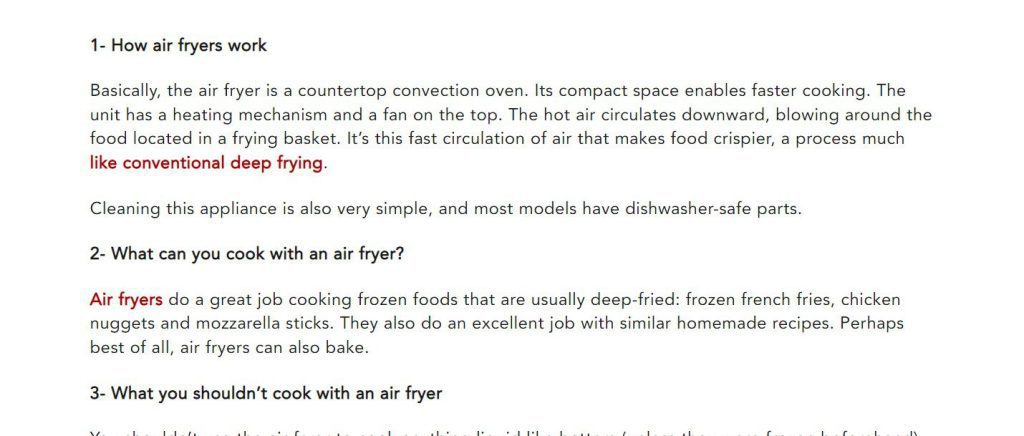
Through-out the content
This is a remarkable piece of advice that you won’t find on any other platform. Keyword consistency plays a vital role in boosting your website on SERPs. With consistency comes the number of times you use the keyword throughout the content, excluding the sub-heading and title. A good solution is to use a keyword in a ratio of 1% to the number of total words. For instance, in a 500 words article, it is sufficient to place the primary keyword five times in the article, which is 1%. Similarly, for 1,000 words, ten times is more than enough.
Conclusion/last 100 words
Just like the introduction, the keyword is supposed to be used in the article’s last 100 words, which is the conclusion. It is highly advised to use it in combination with a call-to-action (CTA) to land the audience in the sales funnel.

Now that you have gained sufficient information about keyword placement, let’s hop back to the new tool in the market, keywords everywhere, and what the hype is all about.
How to use keywords Everywhere in chrome?
Keywords everywhere is a very different keyword tool where you actually don’t need to sign up to any online tool. Yes, you heard it right. Keywords Everywhere chrome is the extension of the tool, keywords Everywhere which is supposed to be downloaded and then installed in your system to use. This is a free total which means it costs you absolutely nothing except a click to get it in your hands.

Once you download it, the game is a whole lot easier. The tool works as you search anything on google and shows you the highest rated keywords. Not only this, but it also gives you suggestions for relevant keywords with slight variations for the researchers to help you jot down the right ones for you. It aids you with the most detailed information about a keyword, including the CPC, Density, number of platforms it is found on, competition, trending, and monthly volume.
Keywords Everywhere Chrome Premium
Moreover, there is also a premium feature in the tool. In case if you want to sign up for that, you simply need to register your account on the extension, and the next step would be to receive an email with an API key that will be used to get access to premium features in the tool.
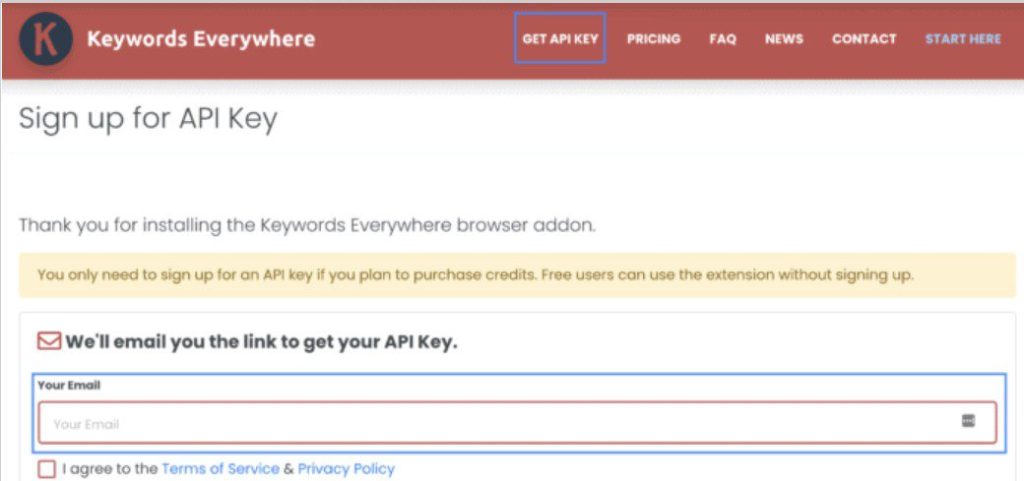
- Click on the “GET API KEY” displayed on the top bar and enter your email address.

- The next step would be to check your email and click on “please click here to access your API key.”

- Once you click on it, copy the API key and navigate to the settings tab on keywords Everywhere.

- You will be exposed to a void box where you have to enter the API KEY and click the validate tab.
- The last step is to purchase credits—On the bottom right of the Keywords Everywhere, you will see written in green, “purchase additional credits.”
- Once done, don’t forget to turn on the premium tab to start hunting the most wanted keywords of the time.
How do I search for keywords everywhere?
As far as the price is concerned, the packages are quite diverse, from $10 to $1,000, with different credit hours. $10 gives 100,000 credits, $50 gives 500,000 credits, $100 gives 1000,000, and likewise. A piece of advice is to first opt for the $10 plan because 100,000 credits are certainly enough to be utilized for six months. Make sure you make a reasonable purchase because credits expire every twelve months.
How does Keywords Everywhere Chrome show keywords?
Keywords Everywhere show you two primary aspects of a keyword.
The first aspect suggests related keywords directly related to the words you entered in the search bar.
The second aspect suggests you “people also search for.” These keywords have wide variations in comparison to the original keyword entered but are worth reviewing because that is what people are searching with.
Trend Charts and On-page Traffic
Keywords Everywhere show a detailed trend chart, which helps you analyze the progress of keywords over a certain period. Moreover, it also gives users the leverage to analyze the monthly on-page traffic for any website in combination with unique keywords.

How helpful is Keywords Everywhere?
Keywords Everywhere help SEO Specialists in the most unique way. It doesn’t only show you the results for the searched keyword but also educates you about your competitors. You can use its competitor analysis tool and discover a list of keywords your rivals are using for a well-defined competition. You can add up to five competitors at a time.
Conclusion
If you really want your business to stand out in the growing digital world, only top-notch SEO practice can help you make your place in it. Make sure you make it to the top three results on google to stand out from your competitors in the target market.




